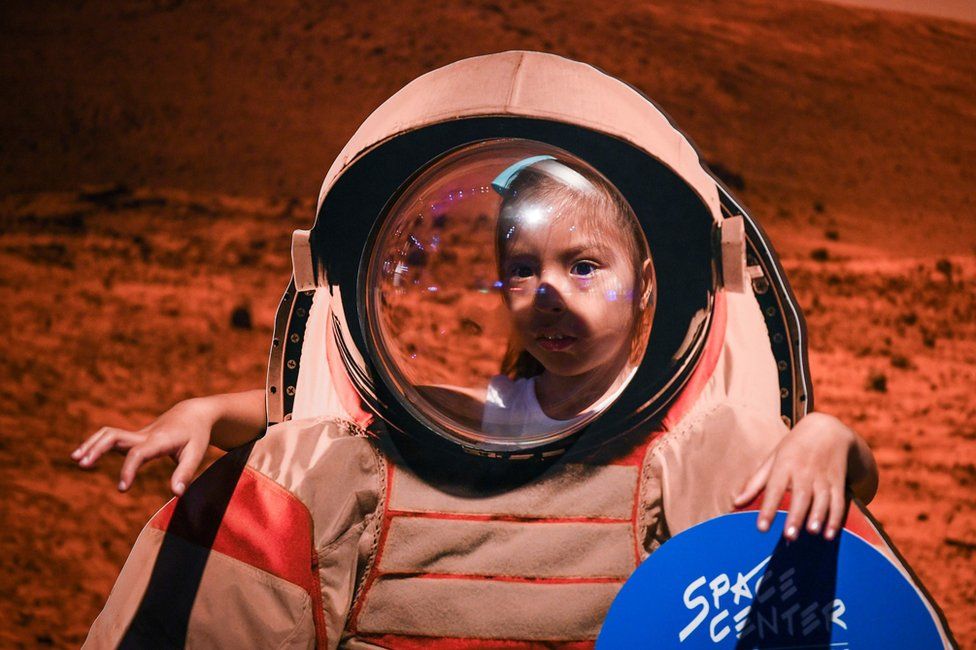

It confirmed that the moon had only a tiny radiation field and, so far as could be observed, no radiation belts. It also carried metal pendants which it scattered on the surface on impact, with the hammer and sickle of the USSR on one side and the launch date on the other. It was spherical in shape with antennae sticking out of it and carried instruments for measuring radiation, magnetic fields and meteorites. Luna 2 (Luna is Russian for Moon) weighed 390 kilograms. The total silence meant that Luna had hit its target and there was great jubilation in the control room. Korolev and his people were listening as the signals coming back from the spacecraft suddenly stopped. At just past midnight Moscow time on September 14th it crashed some 240,000 miles away on the Moon not far from the Sea of Tranquillity (perhaps a not entirely appropriate location). Then, on September 12th, 1959 Luna 2 was launched. In January 1959 the spacecraft Luna 1 (which Korolev called Mechta, ‘the Dream’) was launched at the Moon, but missed by around 3,700 miles and went into orbit between the Sun and Mars. More Sputnik missions tested life-support systems and re-entry procedures. Sputnik 2 took the first living creature out into space, a sweet-tempered dog called Laika, though she did not last as long as the Russians pretended. Sputnik 1, the first satellite ever launched, created a sensation in 1957 when it hurtled out into space and orbited the Earth every 96 minutes before falling back into the Earth’s atmosphere. In the 1950s he developed a massive and at the time almost unthinkably powerful rocket, the R-7, which would propel Soviet spacecraft to the Moon. He was a commanding figure who did not suffer fools gladly and his staff treated him almost as a god. Their programme was directed by Sergei Korolev, a brilliant aeronautical engineer and expert on rockets, who had displeased Stalin and spent time in the Gulag in the 1930s. To American astonishment and dismay, the Russians at first took a commanding lead.

The space race between the United States and the Soviet Union brought an engaging touch of science fiction to the Cold War.


 0 kommentar(er)
0 kommentar(er)
